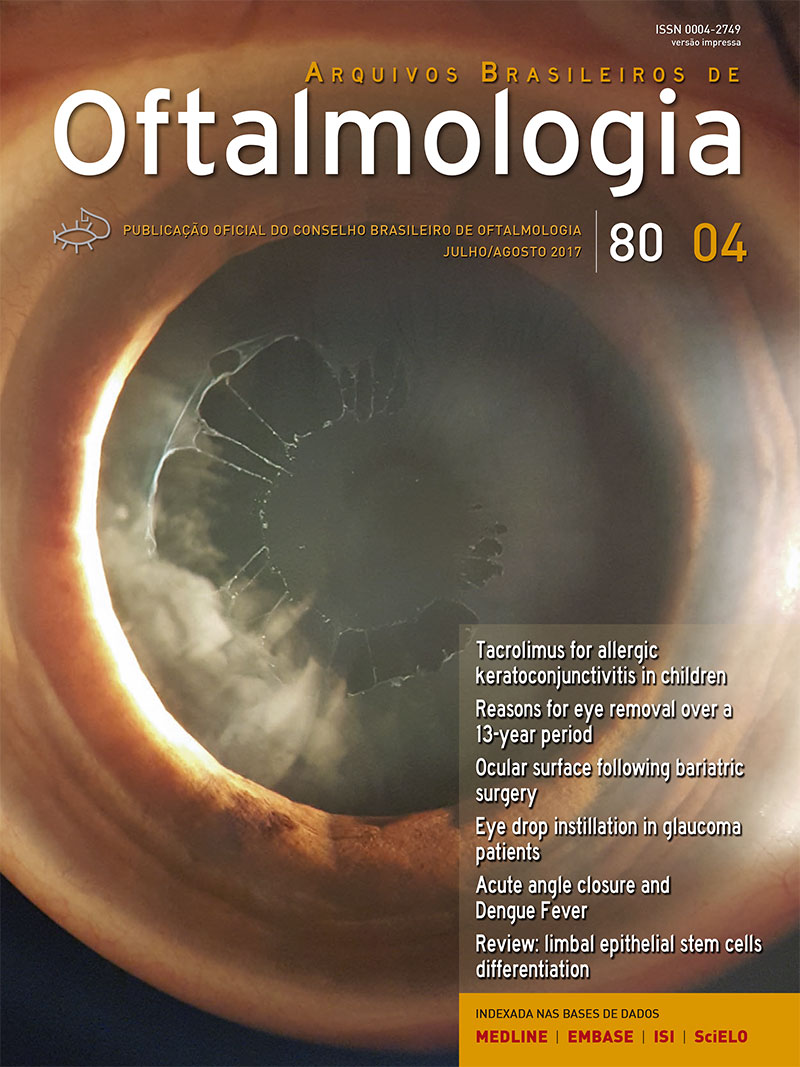Purpose: To analyze the clinical features, visual acuity, and full-field electroretinogram (ERG) findings of 15 patients with the neuronal ceroid lipofuscinosis (NCL) phenotype and to establish the role of ERG testing in NCL diagnosis. Methods: The medical records of five patients with infantile NCL, five with Jansky-Bielschowsky disease, and five with juvenile NCL who underwent full-field ERG testing were retrospectively analyzed. Results: Progressive vision loss was the initial symptom in 66.7% of patients and was isolated or associated with ataxia, epilepsy, and neurodevelopmental involution. Epilepsy was present in 93.3% of patients, of whom 86.6% presented with neurodevelopmental involution. Fundus findings ranged from normal to pigmentary/atrophic abnormalities. Cone-rod, rod-cone, and both types of dysfunction were observed in six, one, and eight patients, respectively. Conclusion: In our study, all patients with the NCL phenotype had abnormal ERG findings, and the majority exhibited both cone-rod and rod-cone dysfunction. We conclude that ERG is a valuable tool for the characterization of visual dysfunction in patients with the NCL phenotype and is useful for diagnosis.
Keywords: Neuronal ceroid lipofuscinoses; Membrane proteins/genetics; Retina/physiopathology; Electroretinography; Retinal dystrophies; Visual acuity
